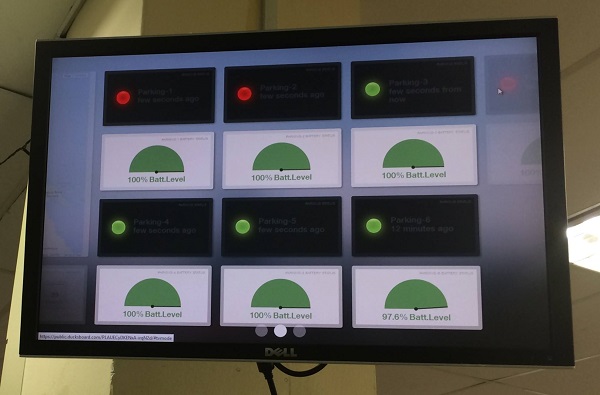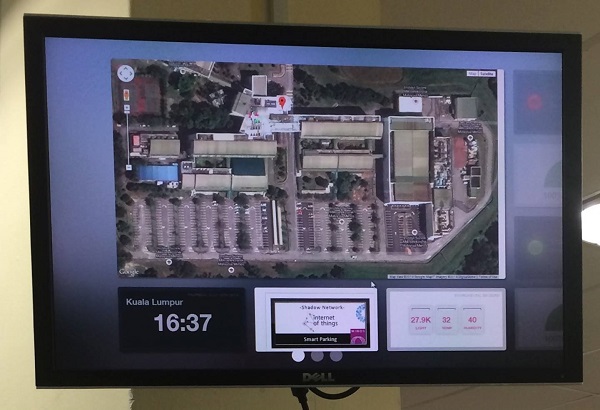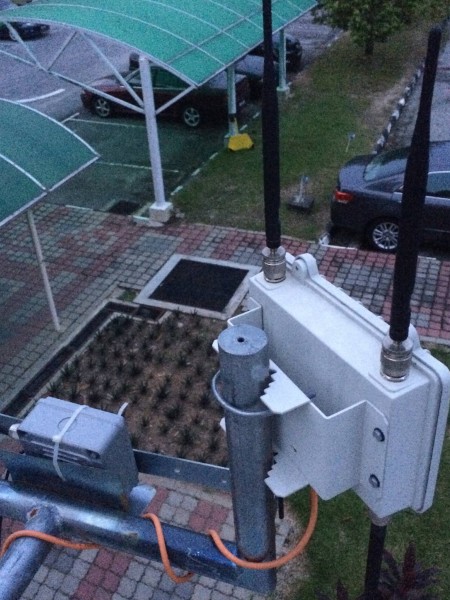MIMOS Berhad, Malaysia’s National Research & Development Centre, showed off their latest research last week – the Smart Parking System. This research was introduced in conjunction with its Internet of Things (IoT) adoption in Malaysia.
The current parking system in use was introduced back in 2006. It works by notifying drivers via green or red lights, indicating whether a parking spot is available or not. This technology is proven effective because it relieves drivers the need of driving around, saving precious time and reduces fuel consumption and CO2 (Carbon Dioxide) emissions.
The parking system itself uses a lot of wiring and maintenance, which is a little too costly. What MIMOS is trying to implement with the new Smart Parking System prototype is by using the same sensors but controlled via a Wi-Fi mesh network, which means all of these sensors would simply be connected as nodes linked towards its IoT middleware.
In addition to monitoring the availability of parking spots, the system also keeps track of the signal strength and the battery level of each sensor. All the data collected from the sensors will be analysed and displayed in various devices such as smartphones and computers.
The device installation is simple and requires only two screws to install on the parking bay, either on tarmac or concrete floors. Without the need of cables, maintenance is hassle-free and can be easily detached to replace its batteries inside.
Current parking system is time-consuming, as it forces drivers to circle around the parking area to search for empty bays. By introducing a parking app for smartphones, users simply need to open the app, search for empty bays and drive to it.
This system can be easily installed anywhere due to the design of the nodes, which are small and portable. It can basically be placed anywhere and in any condition, be it rain or shine, as the nodes are able to withstand severe weather and temperature. This allows the system to be installed in outdoor parking lots. This current development is better than the previous generation because there are no longer any cables to install.
On top of that, the user side software is much more helpful and easier as the system will have its own dedicated app that would be used to monitor the availability status of each node. In future iterations, the app could even be made more useful, such as allowing users to “select” a bay upon entering the parking area, in the same way that users select seats in a cinema booking. As for the availability, we do not know when MIMOS is going to release it to the public.
[Source: MIMOS @ Facebook]
Follow us on Instagram, Facebook, Twitter or Telegram for more updates and breaking news.





